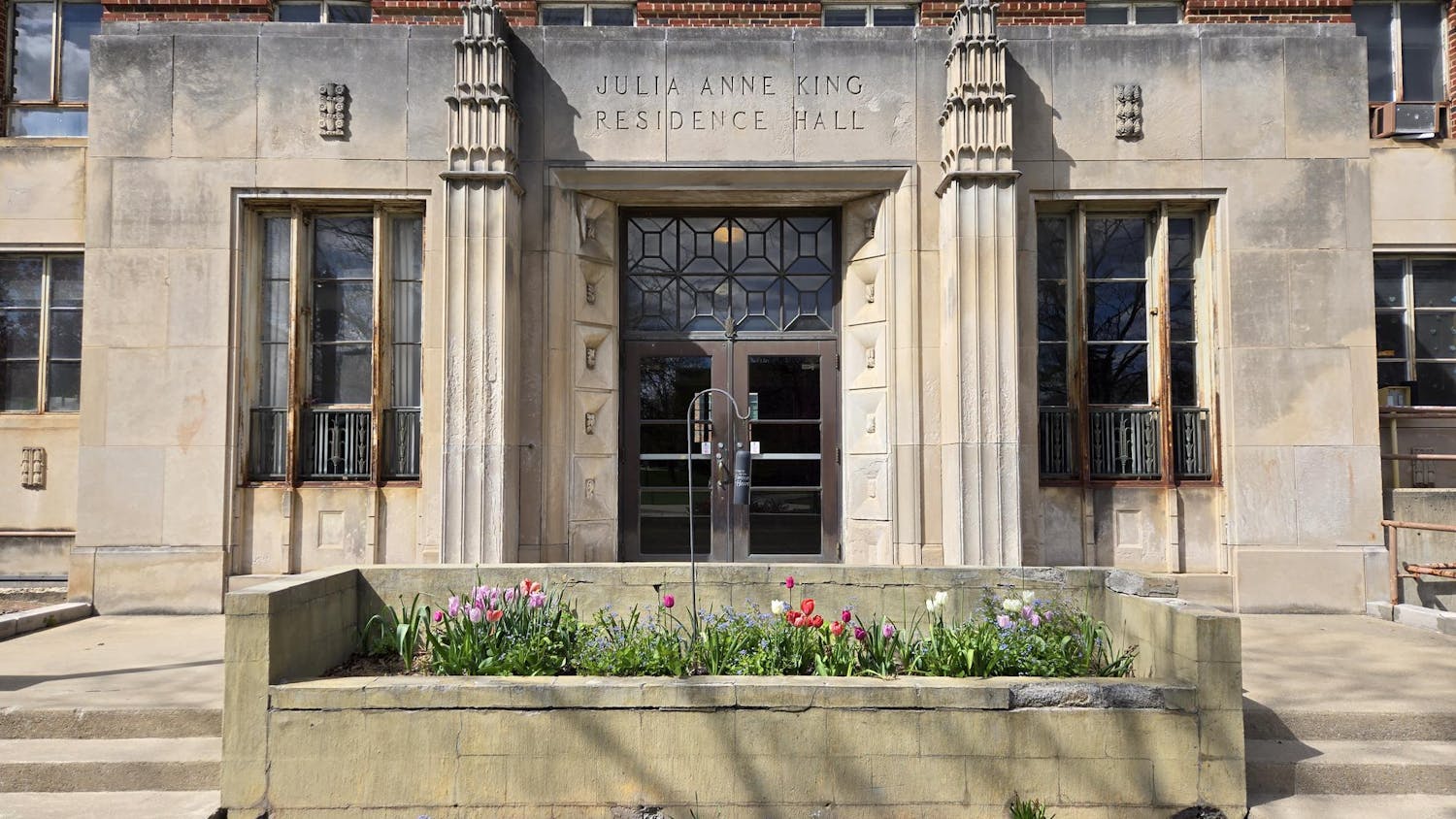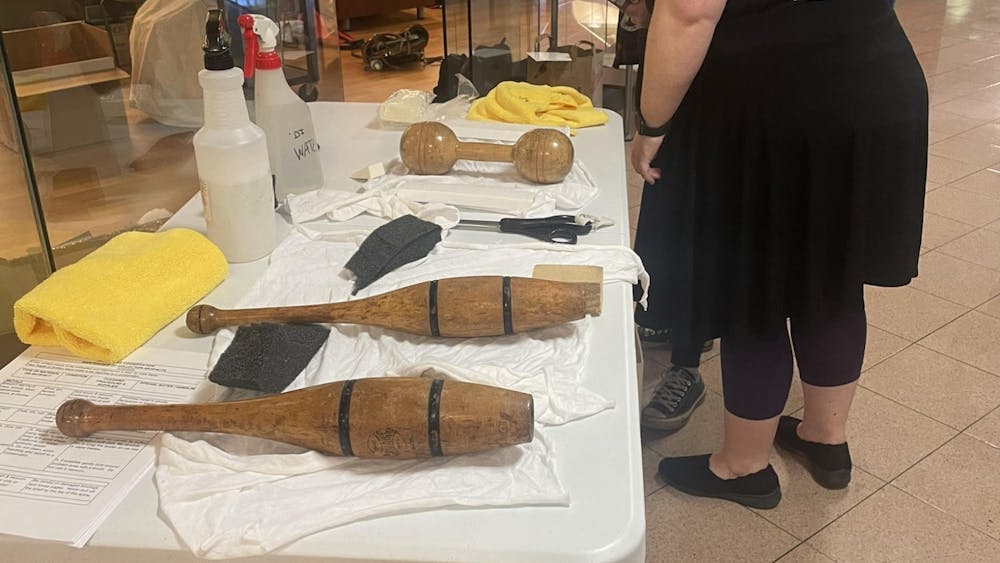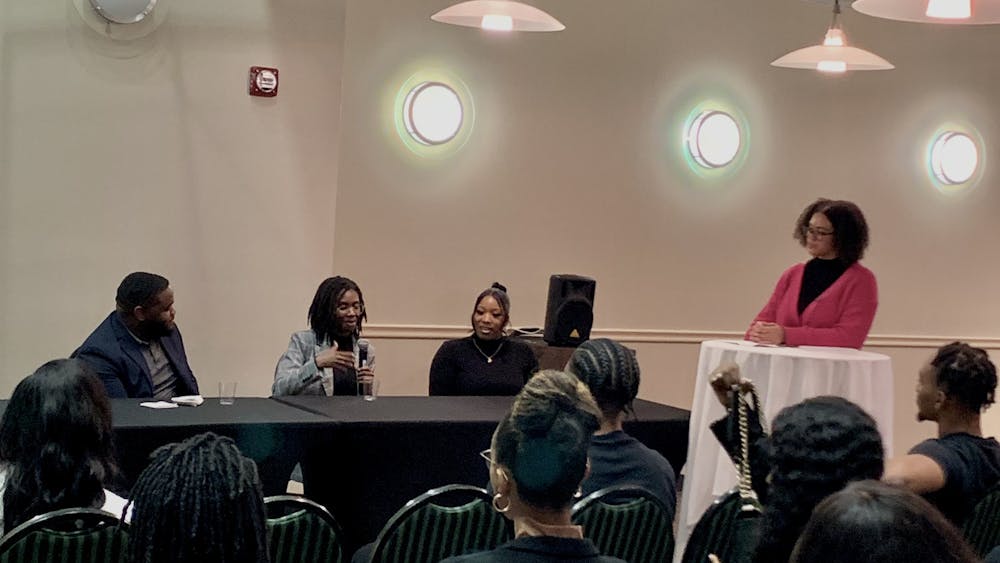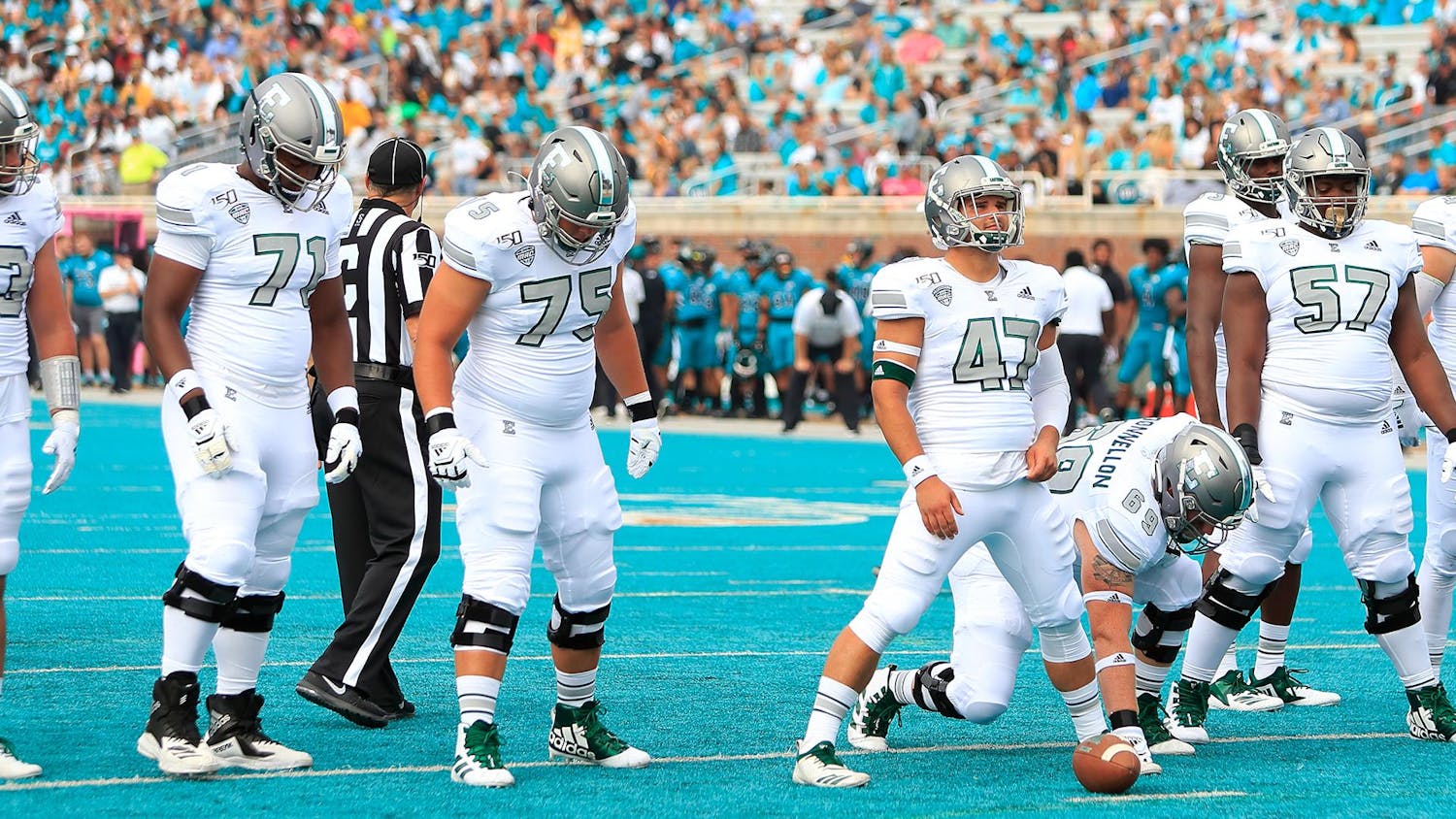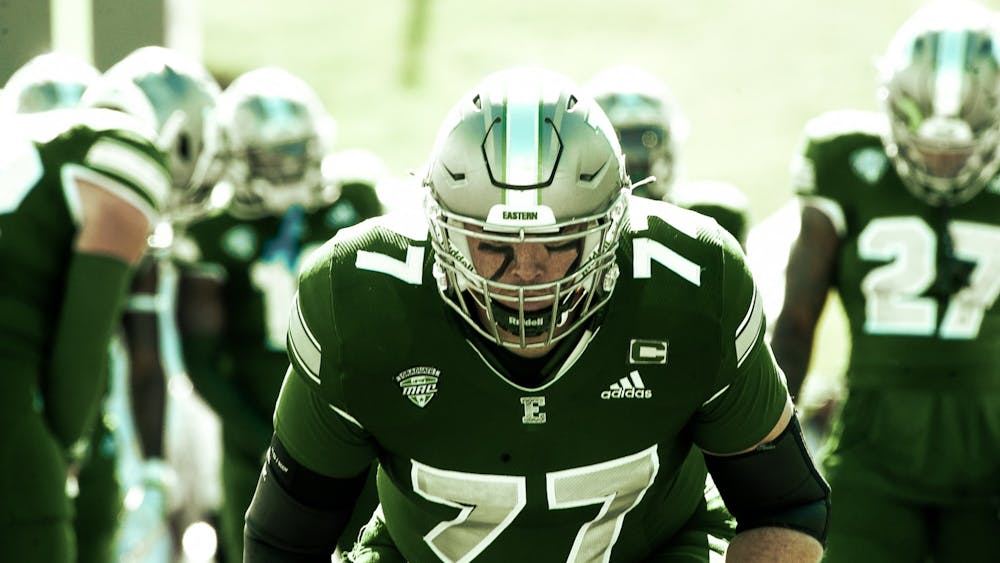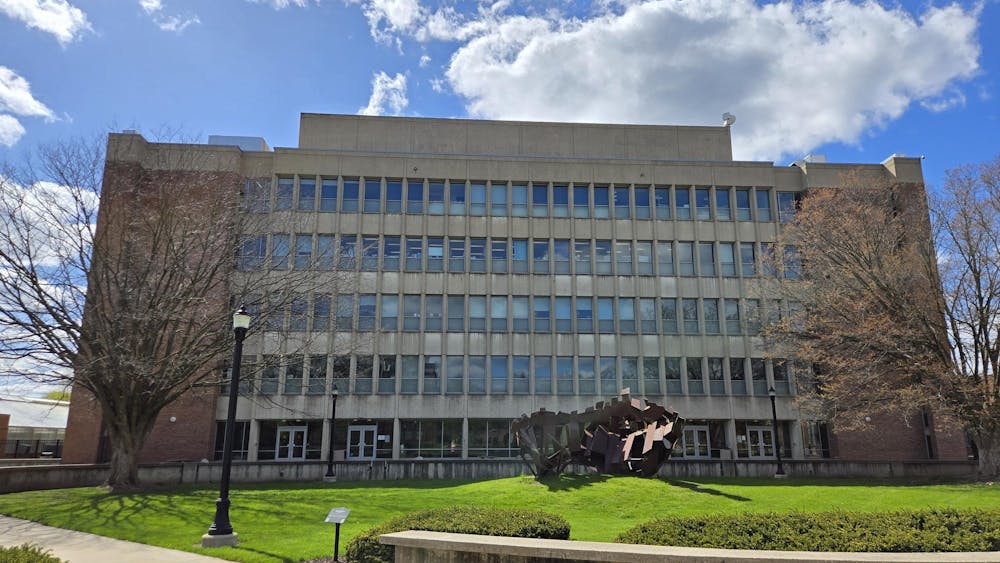Every year at this time people dress up in costumes and go to parties, kids go trick-or-treating, families carve pumpkins and scary movies play nonstop on TV. Halloween has become an extremely important aspect of American culture, but where did this holiday and all of these crazy traditions come from?
According to History.com, “Halloween’s origins date back to the ancient Celtic festival of Samhain.” The Celts lived about 2,000 years ago in the area of present day Ireland, the United Kingdom and northern France. They celebrated their new year on Nov. 1, which marked the end of the summer harvest and the beginning of winter which was “a time of year often associated with human death.”
On Oct. 31, the night before the New Year, the Celts would celebrate Samhain. They believed that on this night “the boundary between the worlds of the living and the dead became blurred.” During Samhain, the ghosts of the dead were able to return to earth.
Druids (Celtic priests) built large bonfires where people would burn crops and animals as a sacrifice. They would also dress in costumes that usually consisted of animal heads and skins and they would tell each other’s fortunes.
According to History.com, “By 43 A.D., the Roman Empire had conquered the majority of Celtic territory. In the course of the 400 years that they ruled the Celtic lands, two festivals of the Roman origin were combined with the traditional Celtic celebration of Samhain.” The Roman festivals were
Feralia and a day in honor of the Roman goddess of fruit and trees, Pomona.
Later, in the 9th Century, Christianity spread into the Celtic lands. By 1000 A.D. the church made Nov. 2 All Souls’ Day, in order to honor the dead. All Souls’ Day was also known as All Hallows which caused the ancient Samhain celebration to become known as All Hallows Eve, and this transformed into what we now call Halloween.
“Irish and Scottish immigrants carried versions of the tradition to North America in the 19th Century,” according to the research reported on halloweenhistory.org. “Other western countries embraced the holiday in the late 20th Century including Ireland, the United States, Canada, Puerto Rico and the United Kingdom as well as Australia and New Zealand.”
One very common activity to do around Halloween time is to carve faces and designs into pumpkins. This tradition actually comes from the ancient Irish story of “Stingy Jack.”
Information given on hisoryofhalloween.net explains that Jack tricked the devil into promising him not to take his soul after he dies, although when he did die he was unable to get into heaven due to his “life of cruelty and selfishness.”
Jack was then cursed to forever walk in the darkness between heaven and hell. Jack took an ember that he had gotten from the devil and put it inside a hollowed out turnip to use as a lamp. This is where the term jack-o-lantern came from.
Another big part of Halloween is the trick-or-treating. Wilstar.com said during All Souls’ Day, “early Christians would walk from village to village begging for ‘soul cakes’ made out of square pieces of bread with currants.” For every soul cake the beggars were given they would promise a prayer on behalf of the dead relatives of the donors. This is why some places referred to Halloween as Beggars’ Day. These early Christians believed that the dead “remained in limbo after death” and prayer, even from strangers, could “expedite a soul’s passage to heaven.”
Halloween has evolved in many ways over the centuries and it has been celebrated in many different ways all over the world. So why not take advantage of this fun time to dress up in a costume and get scared?


